
Grindr Data Says Australia Is ‘Versatile’ Country
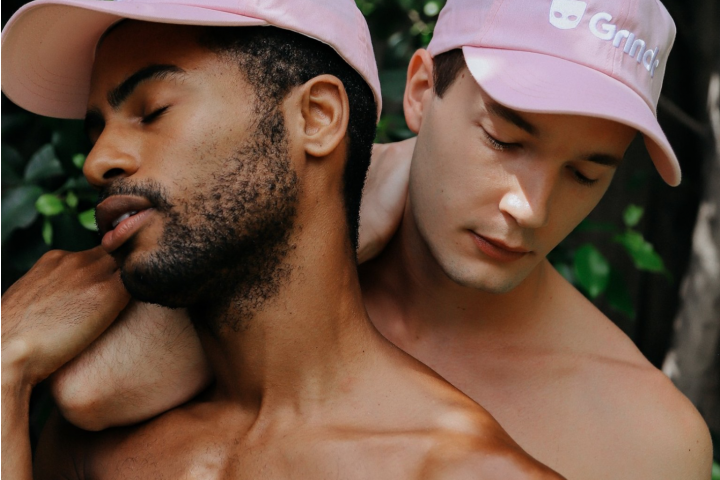
‘Tis the Season to be ‘Happy and Gay’! Grindr decided to spread some holiday cheer by bringing out a year-end list of sex and dating trends on its app in 2020. The data had some some surprising revelations.
The year was marred by a global pandemic and Coronavirus restrictions and social distancing rules meant that in-person hookups were limited in many parts of the world. Lockdowns, however, did not stop people from making online connections on the app that boasts of over 13 million users across the world.
Based on user-volunteered information on their profiles, the app compiled the list of countries with the highest percentage of users who identified as ‘tops’, ‘bottoms’ and ‘versatile’.
Grindr added an important caveat to their data, no doubt with a view to avoid sparking a Tops vs Bottoms war: “This data only represents a subsection of our users (not all Grindr users include this information on their profiles), and Grindr itself only represents a subsection of the global queer community. So it’s important to note that this is not meant as a comprehensive or scientific report on global queer sex & dating behaviours.
Tops/Bottoms/ Versatile
Australia was placed at the fifth place in the list of countries with the highest percentage of users, who had mentioned they were ‘versatile’ on their profiles. Venezuela, Guatemala, Argentina and Mexico made it to the top of the list ahead of Australia.
The countries with the highest percentage of users who identified as ‘bottoms’ were Vietnam, Sweden. Thailand, Peru and south Africa.
For those curious to know the countries with the highest number of ‘tops’, they are Morocco, India, Nigeria, Chile and Israel.
Same-sex relations are illegal in some countries
A look at the data revealed that the highest percentage of user profiles who mentioned they were ‘bottom’ or ‘versatile’ were in countries where same sex relationships were legal. Two out of the five countries with the highest percentage of tops, had laws that criminalised same sex relationships. And as recently as 2018, another country had laws against same sex relationships.
Homosexuality remains illegal in Morocco and Nigeria. Same sex activity in Morocco can be punished with prison terms of between six months to three years, while in Nigerian states that enforce the strict Sharia laws, the punishment is death by stoning. In India the Supreme Court had removed criminal provisions from being applied to the LGBTQI community in September 2018.
Grindr revealed that the countries that had the most number of users were US, Brazil, Mexico, India and UK. China did not feature in any of the lists, probably because its LGBTQI population had their own home-grown apps like Blued.
COVID-19 and online dating
In the year of the global pandemic, Grindr said connections were made online. A record 855 million photos were sent by its users to each other. There were over 7.85 billion taps – stickers, including a flame, devil or plain ‘hi’ that users can send to a profile that they are interested in without the pressure to find the right words to introduce themselves. Over 584 million favourites were added by users.
The launch of vaccines against COVID-19 virus are likely to throw open international travel in 2021, and Grindr helpfully revealed the cities with the most number of users: Washington D.C., Paris, Bogota, Santiago and Houston.
And, no prizes for guessing the top profile emoji on the app – the eggplant emoji.
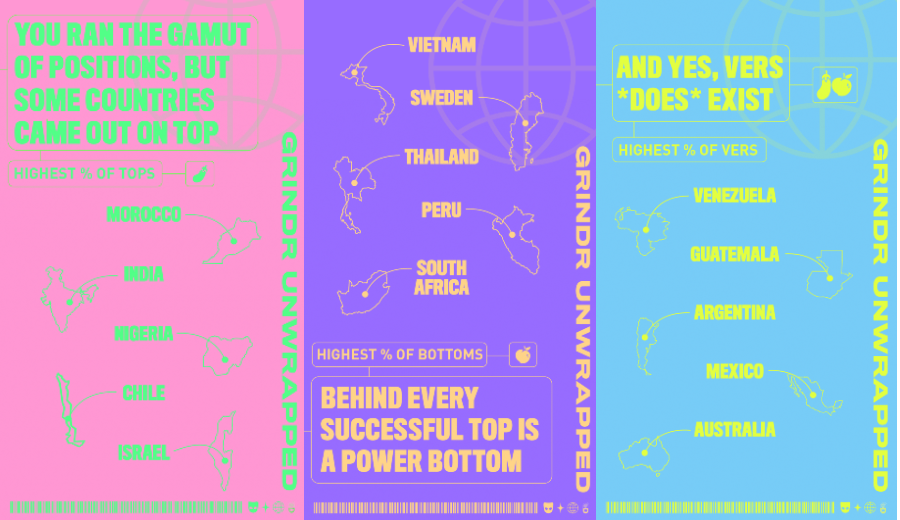




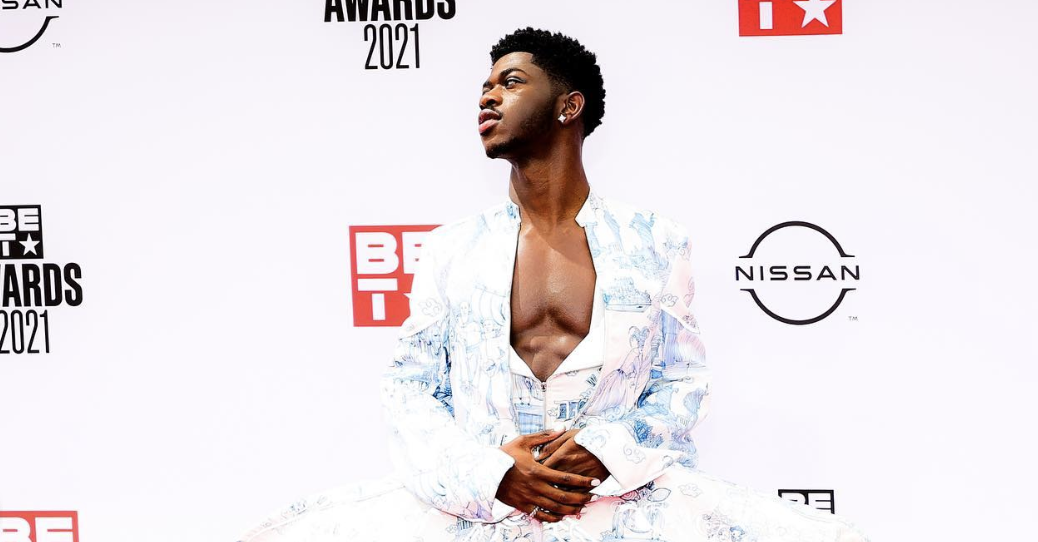
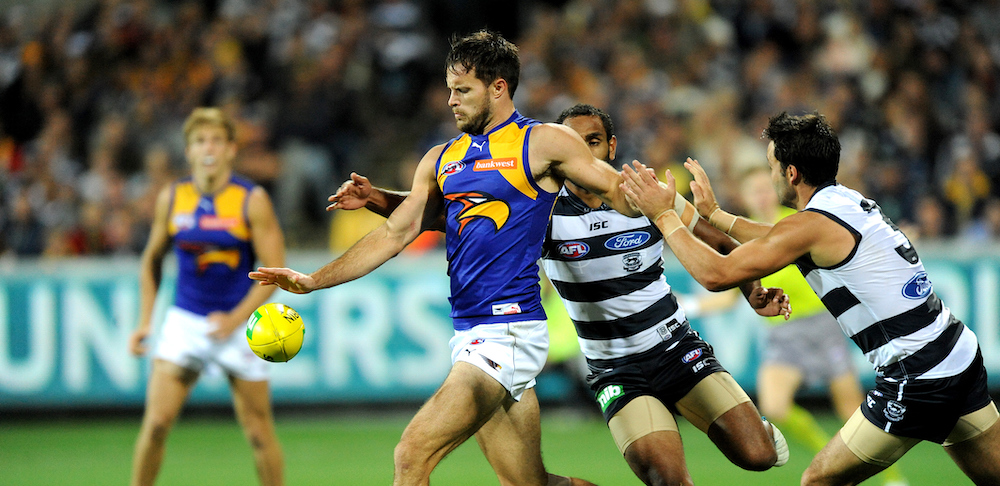
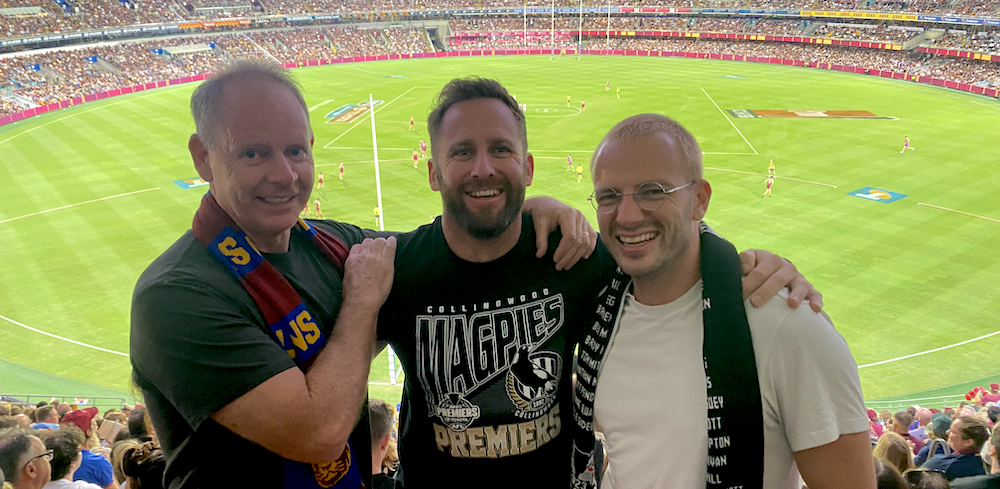

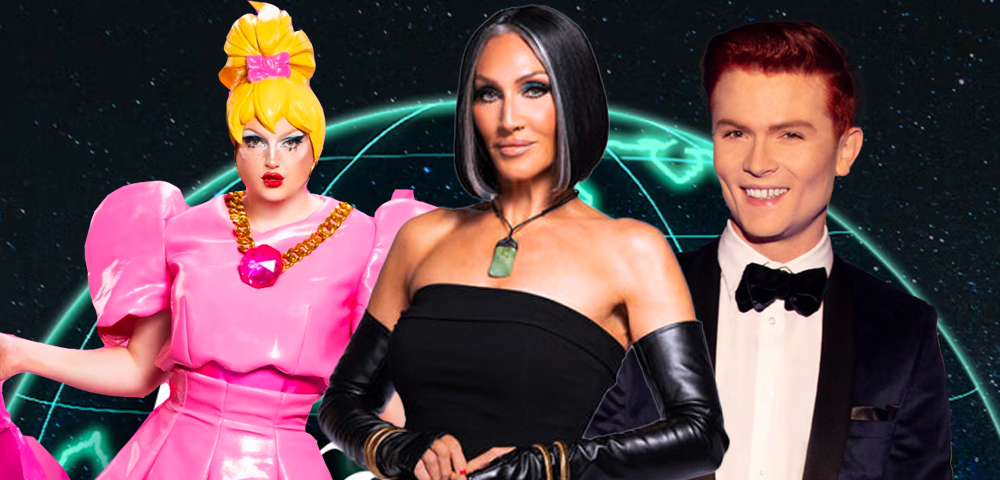

Dear Shibu,
I find the article about the populations of the THREE gay male sex roles quite interesting. In an unexpected outcome from some analysis I was performing on Scruff In 2017, I managed to generate some population statistics on gay male sex roles in Melbourne.
It appears that the Grindr result us concordant with my earlier data. Despite a widely belief about the excess of Bottoms, I found instead that they only constituted something like 15% of the gay male population. For Tops the result was similar. The Versatile group were clearly well ahead, with approximately 70% of gay men identifying as one of Versatile, Bottom Versatile , or Top Versatile. This is in stark contrast to the early 1990s where there were relatively few gay men identifying as Versatile.
Our community is in a period of great change. The presence of reliable population statistics should help with these changes. Instead, I found almost complete ignorance of our populations numbers, even from the now superior Versatile group.
In June 2020 I published my data: “The Rise of the Versatile: gay male sex roles in Australia”.
Regards
A ride there for a ride back!